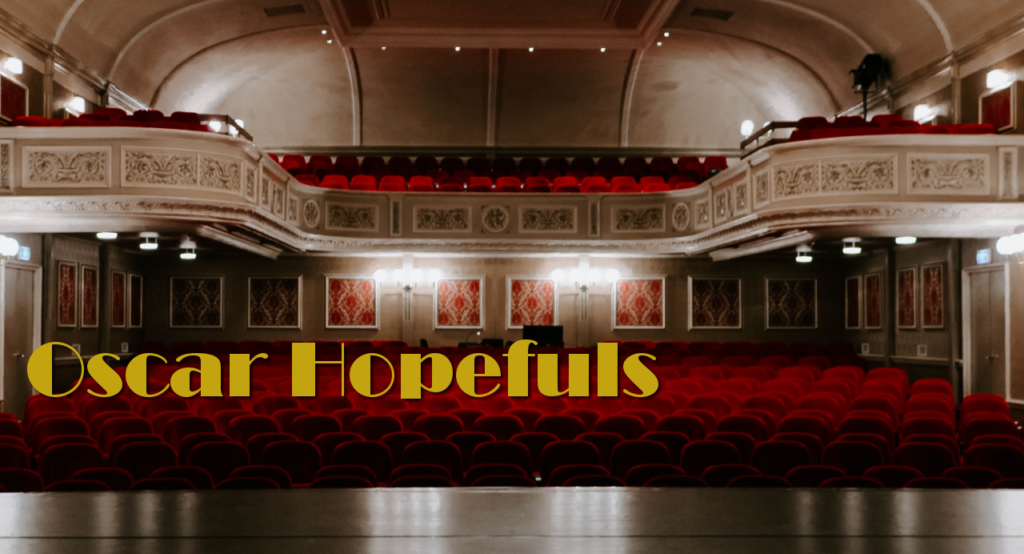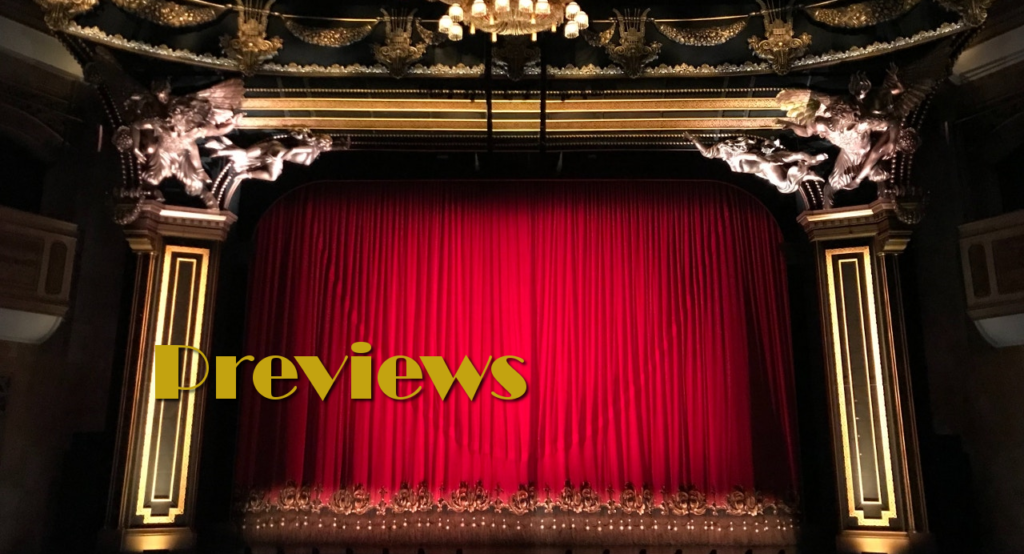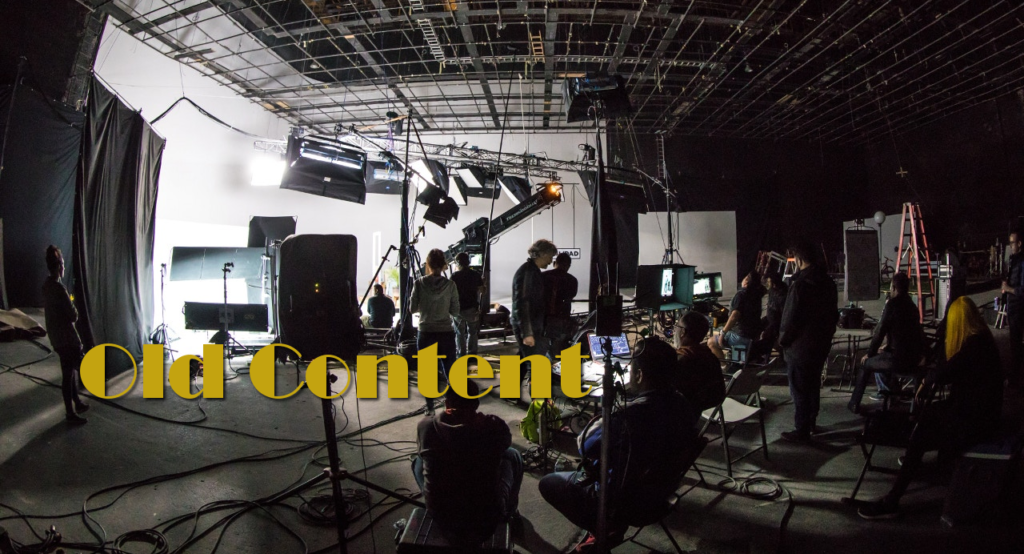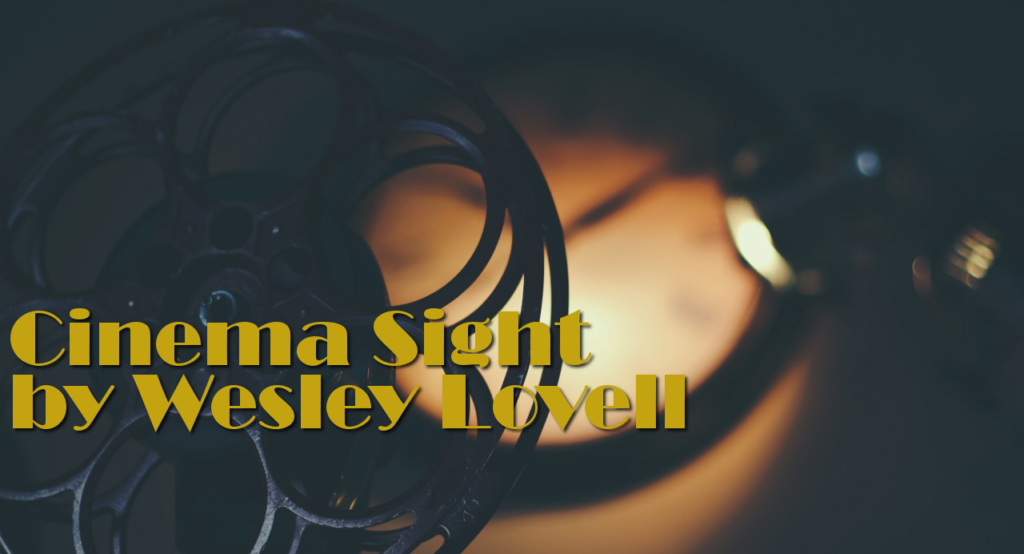Michael Billington
The Guardian, Friday 14 January 2011
Susannah York, who has died aged 72, was a vibrant, energetic personality with a devouring passion for work, strong political opinions and great loyalty to old friends. Her international reputation as an actor depended heavily on the hit films she made in the 1960s, including Tom Jones (1963) and They Shoot Horses, Don’t They? (1969), for which she received an Oscar nomination for best supporting actress. But, even when her movie career waned, she worked ceaselessly in theatre, often appearing in pioneering fringe productions. It was typical of her that, although diagnosed with cancer late in 2010, she refused chemotherapy and fulfilled a contractual obligation to do a tour of Ronald Harwood’s Quartet.
In her early years York was often cast as an archetypal English rose. But, although born in Chelsea, south-west London (as Susannah Yolande Fletcher), she was raised in a remote Scottish village and educated at Marr college, Troon. I suspect that the inbuilt Scottish belief that the devil makes work for idle hands stayed with her throughout her career. From school, she progressed to the Royal Academy of Dramatic Art, in London, where she won the Ronson award for most promising student. With her piercing blue eyes and gamine appearance, she quickly found work. She was Abigail to Sean Connery’s John Proctor in a TV version of Arthur Miller’s The Crucible in 1959. But it was in cinema that she found herself cast as the perfect ingenue.
Although she actually made her big-screen debut in a Norman Wisdom film, There Was a Crooked Man, in 1960, it was her performance as Alec Guinness’s daughter in Tunes of Glory later that year that made one sit up and take notice. Behind the good looks, one sensed a certain impish wildness. That was confirmed by The Greengage Summer (1961) in which she played a schoolgirl awakening to the sexual power she had over men. And, while she hinted at darker powers when she played a disturbed psychiatric patient in John Huston’s Freud (1962), she seemed a shoo-in for the role of Sophie Western in Tony Richardson’s much-lauded film of Tom Jones. In fact, York later revealed that she had turned the part down three times and only guiltily accepted it after cooking a disastrously inept lunch for the determined director.
After Tom Jones, the film parts poured in. Some, such as a trendy boutique owner in Kaleidoscope (1966) and a cute codebreaker in Sebastian (1968), hardly extended her range. But, at her best, she showed signs of real emotional depth. She was quietly impressive as Margaret More in Fred Zinnemann’s film of A Man for All Seasons (1966). And although Eileen Atkins was the definitive, doll-clutching “Childie” in the original stage production of The Killing of Sister George, York gave the character a neurotic, waif-like edge in Robert Aldrich’s sensationalised, sexually explicit 1968 film. She even managed to look mildly aroused when Coral Browne lasciviously pawed her breasts.
She was also outstanding as a flapper who flips out in Sydney Pollack’s They Shoot Horses, Don’t They? which dealt with the world of marathon dance contests populated by Hollywood hopefuls. As the critic David Thomson said: “She was excellent as the English girl trying to break into sordid movies. There is a speculative flightiness about her in that film; especially in the breakdown in the shower scene, she seemed for the first time a human animal touched to the quick.”
Although she lost out to Goldie Hawn at the Oscars for that performance, she picked up the best actress award at the Cannes film festival for Robert Altman’s Images (1972). Here she played a possibly schizophrenic author of children’s books wrestling with her sexual identity. She put something of herself into the character, responded excellently to Altman’s sympathetic direction and, although some found the film mystifying, it retains interest, as Thomson wrote, “because of the actress’s resolute seriousness”.
By now it was clear that York was a fiercely independent spirit determined to fight against typecasting. She initially turned down an invitation to the Oscars when she said it offended her to be nominated without being asked. And she said, in one interview: “I hated that appellation of film star. I did not want to have an image and be seen as the blue-eyed, golden-haired ingenue. Being a ‘star’ seemed to lock you into an image and I was always frightened of that because I knew I would disappoint people.”
However, throughout the 1970s, she continued to appear in movies and on television. In Zee and Co (1972), she enjoyed an erotic relationship with Elizabeth Taylor, and in Superman (1978), she and Marlon Brando were the hero’s Kryptonian parents. Both were blatantly commercial. But others, such as The Maids (1975), where she and Glenda Jackson played Jean Genet’s murderous, implicitly lesbian servants, were more clearly aimed at the arthouse market.
Early in the decade she played Jane to George C Scott’s Mr Rochester in a TV movie of Jane Eyre (1970). She was in Conduct Unbecoming (1975), took the title role in the Australian film Eliza Fraser (1976) and played Mrs Fitzherbert in a TV series, Prince Regent (1979). But one sensed a growing frustration at the roles she was being offered and a feeling that her appetite for the adventurous and unusual could be best satisfied by theatre.
In 1978, at the instigation of the producer Richard Jackson – with whom she did 10 projects and who became a lifelong friend – she appeared at the New End theatre in London in a production of The Singular Life of Albert Nobbs. Exquisitely directed by Simone Benmussa, this was an adaptation of a George Moore short story about a woman who, for economic reasons, lives as a male hotel waiter and enjoys a relationship with a chambermaid. This gave a whole new dimension to York’s career. Further work with Jackson included Jean Cocteau’s The Human Voice, which toured globally from 1984 to 1992, and Appearances, based on a short story by Henry James and again directed by Benmussa, which York initially played in French to highly appreciative Paris audiences.
She also did a number of West End shows. I recall a preposterous thriller, Fatal Attraction (1985), in which she co-starred with Denis Quilley and where she uttered the improbable line, “No one has ever accused me of being sexy.” She made up for that, however, with a notable appearance in George Bernard Shaw’s The Apple Cart (1986).
But it was in her own solo show about the Bard’s female characters, The Loves of Shakespeare’s Women, first seen at the Edinburgh fringe in 2002 and later in London, that York really showed her range. Lithe in white silk, she was astonishingly good at catching the erotic fever of Shakespeare’s young heroines. As Juliet, she spun like a top in the midst of “Gallop apace, you fiery-footed steeds” and rose to a fine crescendo in Viola’s willow cabin speech. But she was equally good at conveying the desolate solitude of Gertrude, which she had played for the Royal Shakespeare Company in 1997 to Alex Jennings’s Hamlet, or the monumental grief of Constance in King John, quietly lamenting her dead son with a cry of “My life, my joy, my food, my all the world”. The whole show was York’s passionate love letter to Shakespeare and left one wishing she had done infinitely more of his work. One would love to have seen the Cleopatra or Lady Macbeth of which she gave hints during her solo show.
I got to know Susannah a bit during her later years in fringe theatre. I was always astonished by her willingness to go anywhere and do anything if she felt the project was right. She sang country and western songs in an American play, Independent State; directed Pushkin’s Eugene Onegin at the White Bear in Kennington and Cocteau’s The Eagle Has Two Heads at the Lilian Baylis in Islington; and played a semi-naked Amazonian warrior in Kleist’s Penthesilea at what was then the Latchmere theatre in Battersea.
I have rarely known anyone less bothered by fame and celebrity. If she used her star-power, it was purely to promote causes in which she believed. One was that of Mordechai Vanunu, the Israeli dissident who was imprisoned in 1986 for revealing his country’s nuclear weapons programme. In 1984 she also produced, at the Apollo, Victoria, The Big One: A Variety Show for Peace, which featured U2 and the premiere of a Harold Pinter sketch, Precisely, and which was driven by her anti-nuclear beliefs. Somehow she also found time to write fiction, including two popular children’s books, In Search of Unicorns (1973) and Lark’s Castle (1975).
My abiding memory, however, is of a bubbly, effervescent woman with a great gift for friendship. She remained on amicable terms with her husband, Michael Wells, whom she married in 1960 and divorced in 1976, and by whom she had two children, Orlando and Sasha. When Orlando, a successful actor, wrote his first play, she glowed with maternal pleasure. But perhaps York’s greatest achievement was to escape the pigeonholing that is the curse of her profession and to overcome the perception of her as the flaxen-haired beauty of 1960s British movies. In her richly fulfilled later career, she proved that she was a real actor of extraordinary emotional range, not just a movie star.
She is survived by her children and a grandson and a granddaughter.


















Leave a Reply